.jpeg)
This innovation, introduced with a vision to redefine standards, has catalyzed a surge of transformation. We’ll discover where it came from and how it has significantly affected the world of digital assets. Although the BRC-20 token standard presents unique possibilities, it’s not without its challenges, most notably increased network congestion, and the lack of smart contract capabilities. Moreover, the experimental status of these tokens underscores the need for caution and thorough research before diving in.
Network congestion and increased fees
Despite lacking traditional utility, the tokens’ how to buy dragonchain popularity and market activity suggest a vibrant and engaged community behind them. The BRC-20 token standard also doesn’t support smart contracts, a feature that’s made ERC-20 tokens popular in the DeFi community. Smart contracts enable developers to produce programmable money, automating various financial processes and creating new types of financial products. However, BRC-20 tokens like ORDI, PEPE, PUNK, and MEME are taking the market cap to new heights. One such novel experiment is an attempt to create fungible tokens natively on Bitcoin through a standard called BRC-20. BRC-20 tokens are a clever way to circumvent the programmability limitations of Bitcoin and create semi-fungible tokens using ordinal inscriptions.
- This can lead to environmental concerns and fuel the ongoing debate about the sustainability of these systems.
- When we think of tokens, the first networks that come to mind are blockchains with general-purpose smart contracts, such as Ethereum, Solana and Cardano.
- But with the introduction of the Taproot upgrade and the creation of the Bitcoin Ordinals protocol, this has changed and now tokens on top of the Bitcoin network, utilising the new BRC-20 token standard.
- BRC-20 tokens have some smart contract capabilities, but they are confined compared to other blockchain networks.
NFTs
ORDI was the first BRC-20 token released, with a limited supply of 21 million. These tokens were all created in 18 hours, but there were attempts to mint 1.5 million more than what was made. Since ORDI was established, several startups have created applications that enable people to generate BRC-20 tokens and store them in their wallets. The BRC-20 tokens are managed utilising a UTXO system and require specialised front-ends including wallets and exchanges in order to translate and manage this data for users.
BRC-20 helps create tokens that represent real-world assets like real estate and precious metals. This enables fractional ownership, making these assets more accessible to a broader range of investors. Satoshis mined within the first 1000 blocks, or even mined by Bitcoin founder Satoshi Nakamoto himself, have an inherent value.
Get the latest cryptocurrency news directly in your inbox.
.jpeg)
You may not have ever heard of these coins before, as they’re all very new. Because the BRC-20 token standard only launched in March 2023, many of the tokens using this standard are, understandably, only in their infancy at the time of writing. With this standard, users can create and mint Bitcoin-based tokens via the Ordinals protocol, similar to how Ethereum users can create and mint tokens with the ERC-20 standard.
BRC-20 tokens are fungible digital assets created on the Bitcoin blockchain. These tokens are unique because they are inscribed directly onto Bitcoin’s satoshis using JSON code, making them distinct from traditional tokens on platforms like Ethereum. The BRC-20 standard offers a new way to utilize Bitcoin, allowing for the creation and transfer of tokens within the Bitcoin ecosystem. BRC-20 tokens are an experiment in the compatibility of the Bitcoin network with token standards, creating for the first time the ability to create and transfer digital assets on top of the Bitcoin network. Bitcoin developer Domo (@domodata) used the ordinals protocol to build the groundwork for a new fungible token protocol, BRC-20. Using the ordinals protocol as its base tech, the BRC-20 protocol allows you to issue currencies on the first and most popular blockchain Bitcoin.
This enables the creation of token contracts, the minting of new tokens, some popular ways to earn free bitcoin and the transfer of these tokens across the Bitcoin network. With the introduction of Ordinals and the BRC-20 token standard, the potential for new and exciting possibilities has been opened up even further. BRC-20 tokens offer a simple yet powerful way to create and manage tokens on the Bitcoin blockchain. In late November 2023, there was a sharp increase and attention on BRC-20 tokens, with more community members participating and holding them in their wallets. The article from CoinDesk reports on the rise of Bitcoin-based tokens, specifically the BRC-20 category.
For what began as an ‘experiment,’ BRC-20 tokens have exploded in popularity. Not only have over 14,000 tokens been created using this technology, these tokens have surpassed a cumulative market capitalization of $600 million and are still going strong at the time of writing. It has enjoyed a good reception from cryptocurrency enthusiasts; this is largely thanks to the reputation and popularity of the Bitcoin network on which they run. The BRC-20 token standard was created in early March 2023 by Domo, an enigmatic blockchain analyst. Nevertheless, the genesis of BRC-20 tokens can be traced back to Bitcoin’s Taproot upgrade in November 2021, which increased the data capacity within Bitcoin blocks.
In this post, we’ll explore BRC-20 tokens, examine how they work, and consider their viability as a token standard on Bitcoin. BRC-20 tokens have caused a legitimate storm in the Bitcoin community and beyond. Let’s dive into what exactly are Bitcoin memecoins and the impact on BTC. As the BRC-20 protocol is entirely experimental, how to buy wink coin on binance the assets it creates are high-risk and have an uncertain future. Well, the Taproot upgrade and the following innovation of the Bitcoin Ordinals protocol created a whole new world of opportunities on Bitcoin.
Many Bitcoin users want new ways to use the blockchain, and NFT capabilities could aid this desire. In short, the core function of BRC-20 tokens is to allow users to trade fungible assets via the Ordinals protocol. Beyond just assigning identities to satoshis, Ordinals also makes it possible to inscribe satoshis with any kind of data, including text, images and even video or audio. So far, users have made more that 60 million inscriptions on the Bitcoin blockchain using Ordinals. BRC-20 tokens are susceptible to network overload on the Bitcoin blockchain, impacting transaction confirmations and overall user experience. During peak times, greater transaction volumes may lead to delays and higher fees.
This can lead to environmental concerns and fuel the ongoing debate about the sustainability of these systems. It creates an unchangeable record of the journey from production to distribution. Given the risks, it’s crucial you exercise caution when dealing with BRC-20 tokens. Consideration of all factors, both good and bad, should form part of a balanced risk assessment before getting involved. VMPX Coin is a BRC-20 token that adheres to principles of fairness and equality in its distribution. Created by Jack Levin, the founder of XEN Crypto, VMPX Coin was launched on May 7, 2023.




 Round Rugs
Round Rugs  Wool Rugs
Wool Rugs  Vintage Rugs
Vintage Rugs 


 Carpet Tiles
Carpet Tiles 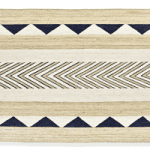 Carpet
Carpet 
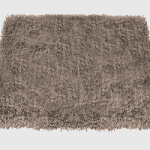 Embossed Rug
Embossed Rug  Plain Rug
Plain Rug 
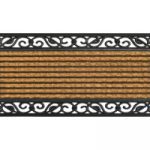 2.5'*4'
2.5'*4'  2'*3'
2'*3'  3'*5'
3'*5'  5*7.5
5*7.5 
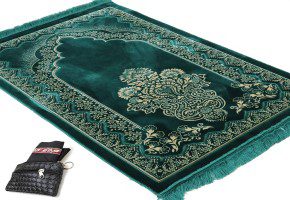


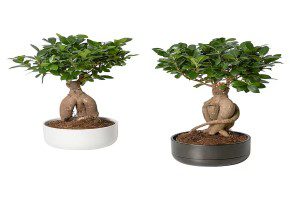









 Artificial Grass
Artificial Grass  Mats
Mats 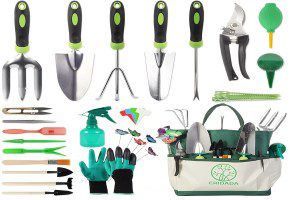
 Soil
Soil  Fertilizer
Fertilizer  Pesticides
Pesticides